
Agapanthus plants are popular perennial garden plants. Commonly known as the Lily of the Nile or African Lily, this plant spruces up gardens with its blue, purple, and white flowers.
Agapanthus plants bloom from mid-summer to early autumn. If you are worried about why your agapanthus plant is still not blooming, fear not because we’ve wrapped up its causes and how to resolve them.
Why is my agapanthus not flowering?
Your agapanthus is not flowering most likely due to one or more of the following factors:
- Sunlight
- Division
- Water
- Fertilizer
- Pests and diseases
- Flower buds
Let’s understand how they affect every agapanthus plant.
1. Sunlight
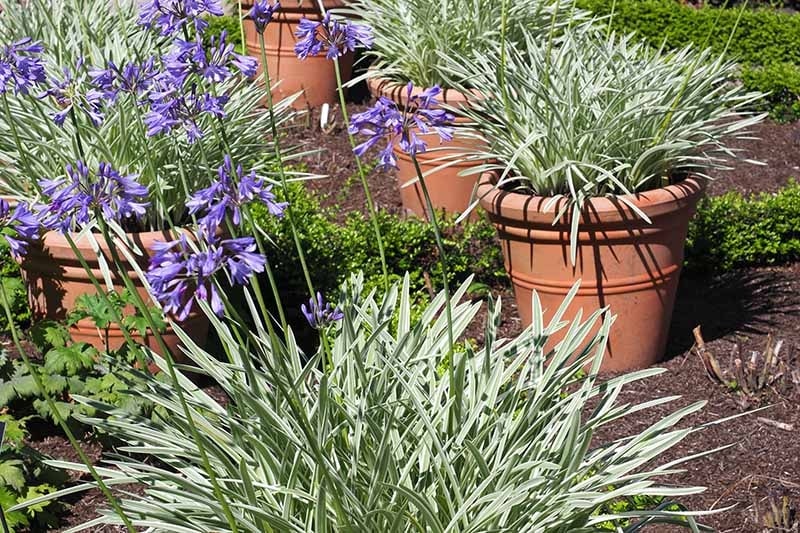
If your agapanthus is not flowering, you should check its location because it might lack sunlight.
Agapanthus plants need exposure to sunlight for at least 6 hours per day.
What You Can Do:
- Take your plant out of the shade and place it in a sunny and warm location.
- Be sure to move your plant before spring or autumn so it will have enough time to develop and bloom.
2. Early Root Division
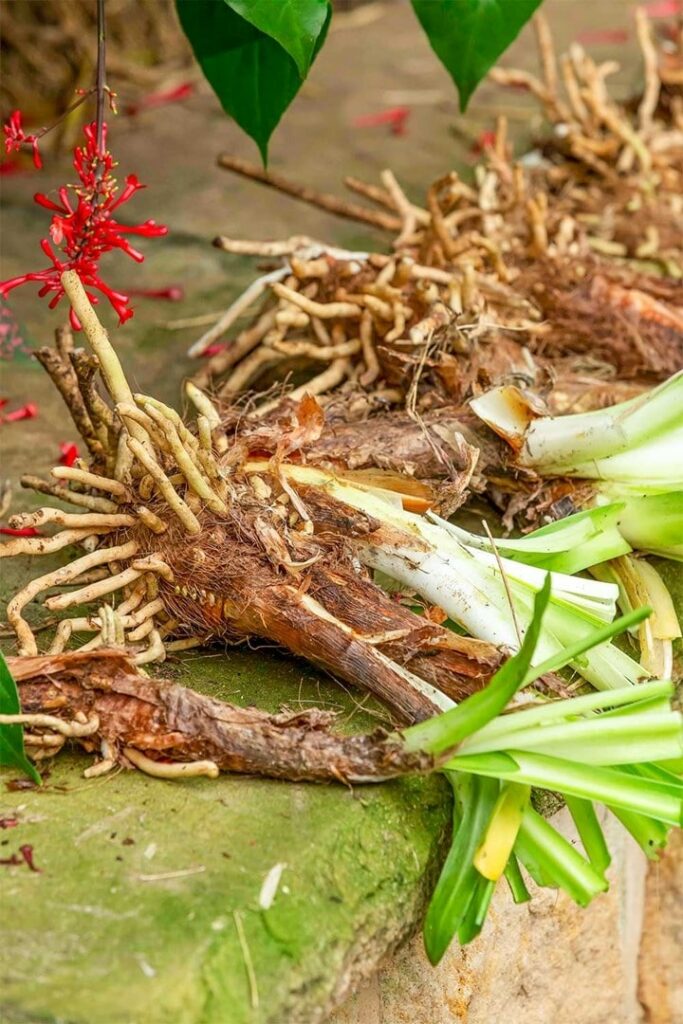
Generally, agapanthus plants should not be divided for at least four years.
By its nature, agapanthus grows healthier and encourages flowering when its roots are tight and crowded.
Premature division of agapanthus delays blooming by 2 to 3 years.
What You Can Do:
- Only divide the plant if it becomes too crowded in a pot.
- If your agapanthus plant is in a container, repot sparingly.
We want to prevent transplant shock and damage to the roots when dividing as much as possible.
3. Water
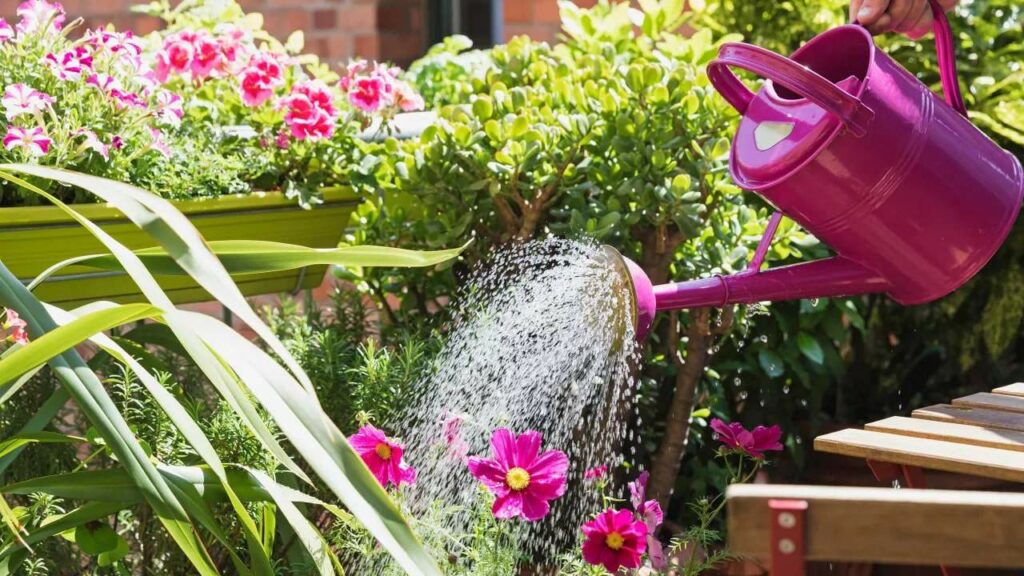
Agapanthus is a known survivor of chronic droughts.
It only needs a little water, especially during its first growing season.
But after the first year, water your plants regularly, especially during summer and fall.
What You Can Do:
- To determine if the agapanthus plant is thirsty, feel the top 3 inches of the soil. If it is dry, then water the plant deeply.
- Drain the soil well. Overwatering the plant makes the root lose oxygen and leads to the agapanthus plant rotting.
- Water the plant enough during winter to prevent its leaves from wilting.
4. Lack of fertilizer and nutrients
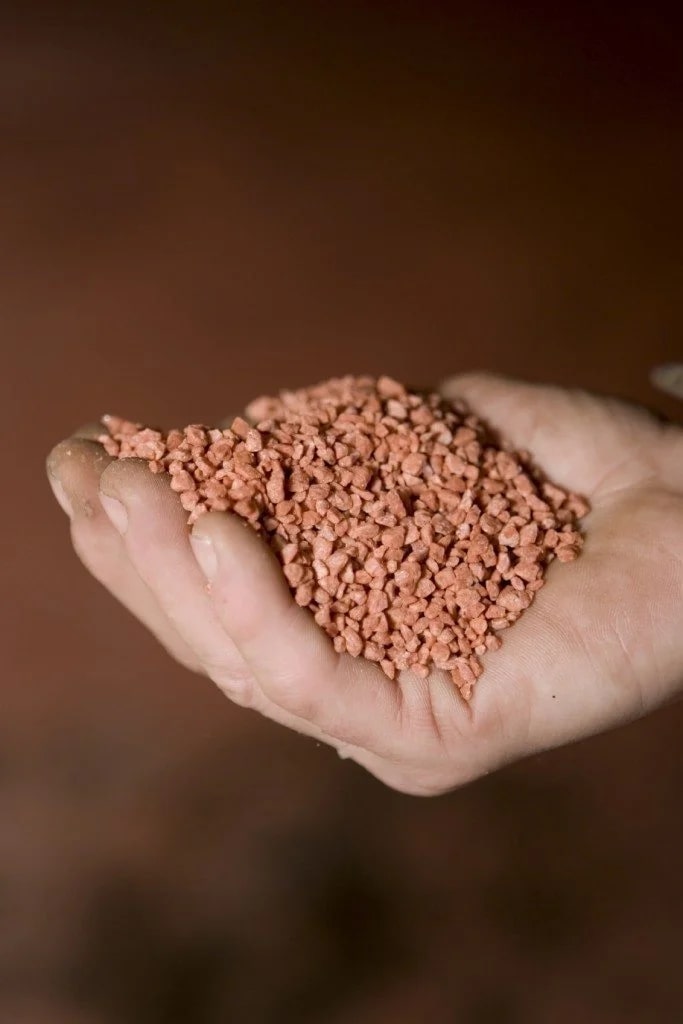
Another cause for agapanthus plants not to bloom is the need for fertilizer and nutrients.
The use of fertilizer is highly recommended for potted agapanthus plants because their situation gives less capacity to absorb nutrients, unlike those directly planted in the garden soil.
What You Can Do:
- Apply rose, tomato fertilizers, or any high potash fertilizer on your agapanthus from April to October.
- During springtime, feed the plant with a water-soluble fertilizer for blooming plants twice a month.
- Once the agapanthus begins to bloom, cut back the feeding to once a month.
- When the early autumn season comes, as when the plant stops blooming, you should stop feeding it with fertilizer.
- Avoid high-nitrogen fertilizers because these cause agapanthus plants to grow more foliage but with no flowers.
5. Pests and Diseases
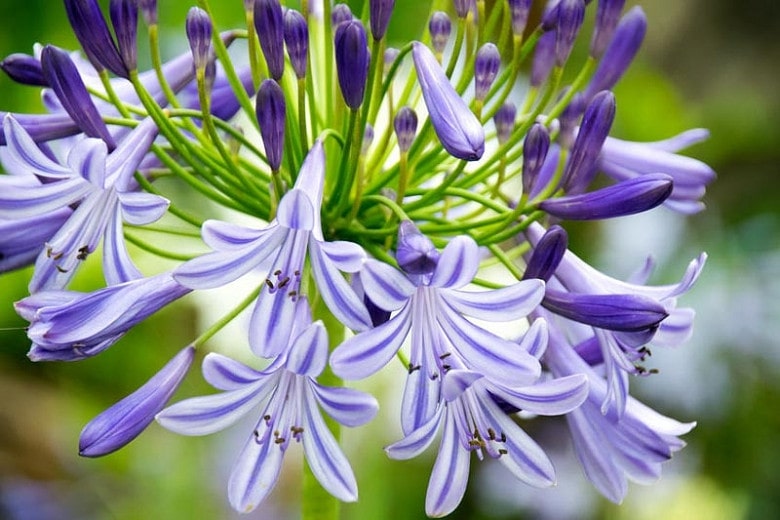
Preventing an infestation is better than a cure.
The presence of pests and diseases causes stress on agapanthus plants that prevent them from developing their flowers.
Observe the surroundings of your agapanthus plants for unwanted weeds, mushrooms, fungi, and pests that might compete with their nutrient intake.
For instance, yellow agapanthus leaves mean the plant suffers from fungal infection.
What You Can Do:
- The best way to combat fungal issues on agapanthus plants is by providing them with a proper drainage system.
- Pest, bugs, and mites problems are solved through fungicides to control their outbreaks.
6. Flower buds

Agapanthus flower buds may be drought tolerant but not to frost. It needs protection from the freezing temperature for it to bloom in spring.
What You Can Do:
- To prevent frost damage, agapanthus in pots should be moved to a sheltered, frost-free place like a greenhouse.
- You can also use fleece or mulch to insulate the plant and keep the flower buds undamaged from the cold winter.
How to make an agapanthus bloom
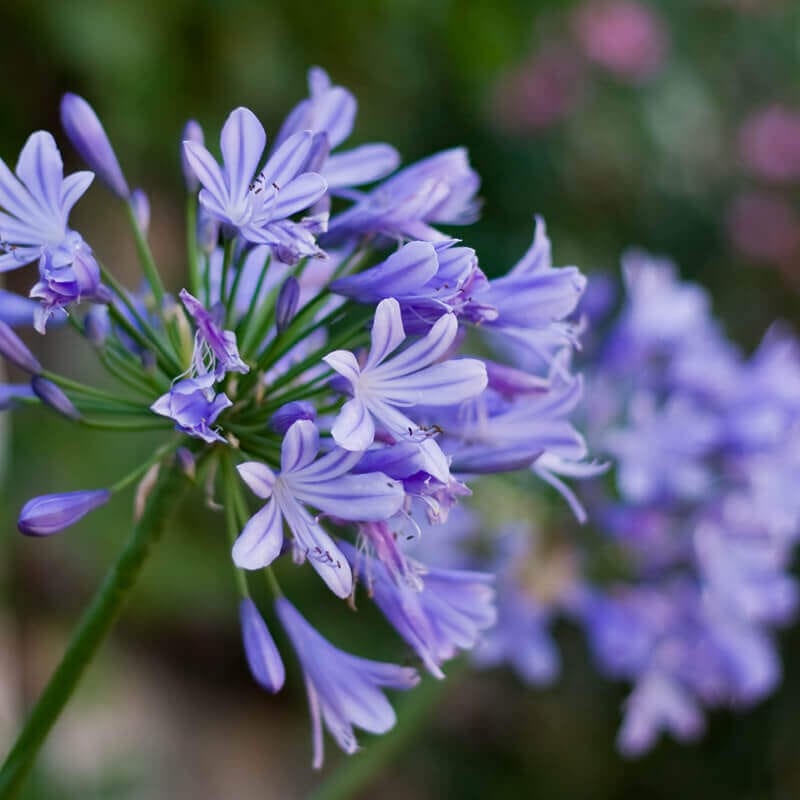
Agapanthus plants grow well in pots or from the ground as long as their roots are bound together. It is best to plant them during the fall or early spring.
Here is a checklist to make sure that your agapanthus plant will bloom this summer:
1. Provide enough sunlight
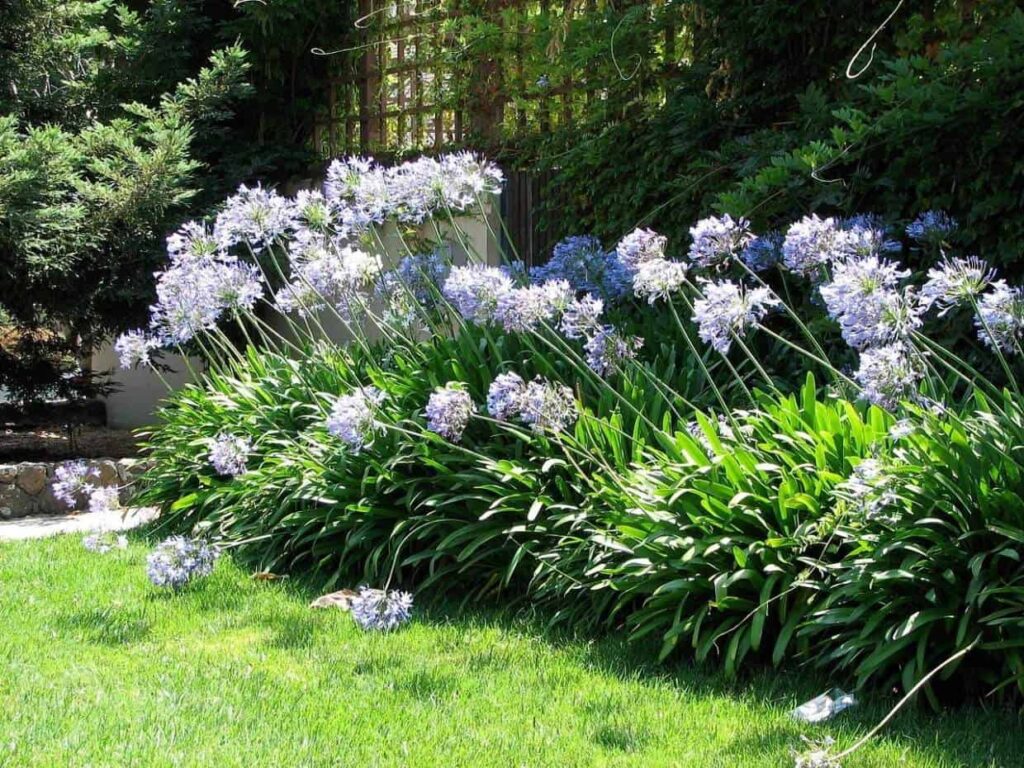
Place your agapanthus where it can receive full sun shade for at least 6 hours daily. Make sure that no other plants cover them so that the agapanthus absorbs direct sunlight.
2. Water your agapanthus regularly

One deep watering session every week is enough if your agapanthus is planted on the garden soil or ground.
If you have a potted agapanthus plant, water them 2 to 3 times a week.
3. Divide agapanthus at the proper time

Agapanthus plants are best divided after flowering, that is, during autumn.
Evergreen varieties of agapanthus can be divided every 4 to 5 years, while deciduous varieties may be divided every 6 to 8 years.
Make sure to follow the correct timeline because premature division can delay its flowering for 2 to 3 years.
Frequently Asked Questions
Agapanthus plants do not bloom in their first year. They take this time to establish their root systems and adjust to their location.
There are two ways to take care of your agapanthus plant during the winter season:
•Cover your agapanthus plant with fleece and a layer of mulch.
•Move potted agapanthus plants to a greenhouse, shed, or garage to protect the flowering buds from the cold.
Water-soluble and high potash fertilizers are best applied on agapanthus plants. They provide nutrients that encourage agapanthus plants to bloom.
Fertilizers are best applied as a top dressing on the soil. Remember to water the fertilizer before using them to prevent burning the roots.
Agapanthus plants are best planted on soil that drains well, such as chalk, perlite, or sand. Avoid overwatering the soil, as it can cause the agapanthus plant to rot.
Agapanthus plants flower up to 6 months of the year, usually during the spring and summer seasons.
Agapanthus takes 1 to 4 years to bloom, depending on the location and its access to sunlight, water, and nutrients that encourage it to flower.
Agapanthus plants can be pruned anytime to remove dead, infested, or damaged foliage. But do not remove leaves after the agapanthus flowers because this deprives the plant of the energy and nutrients it needs over winter.
Agapanthus plants are best planted in locations with access to at least 6 hours of direct sunlight.
Agapanthus plants bloom and grow better in pots or containers because their roots are tight and intact.
Planting them in terracotta pots is also advisable because it helps keep the roots warm during summer.
South African traditional healers use agapanthus as a herbal medicine to induce labor and other pregnancy-related ailments. The extract of agapanthus causes smooth muscle contractions to induce labor contractions.
All parts of the agapanthus plant are poisonous, especially the sap, leaves, roots, and rhizomes. Symptoms from ingesting agapanthus include diarrhea, abdominal pain, nausea, and vomiting.
Those are all the common causes for non-flowering agapanthus plants. You can now start addressing these problems, and soon your garden will be filled with bright, colorful agapanthus flowers!
Share your flowering agapanthus plants in the comment box!




